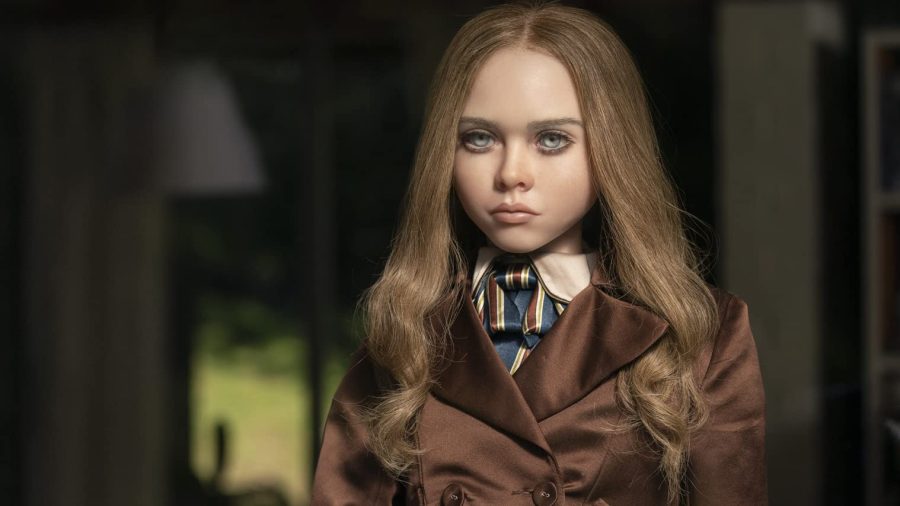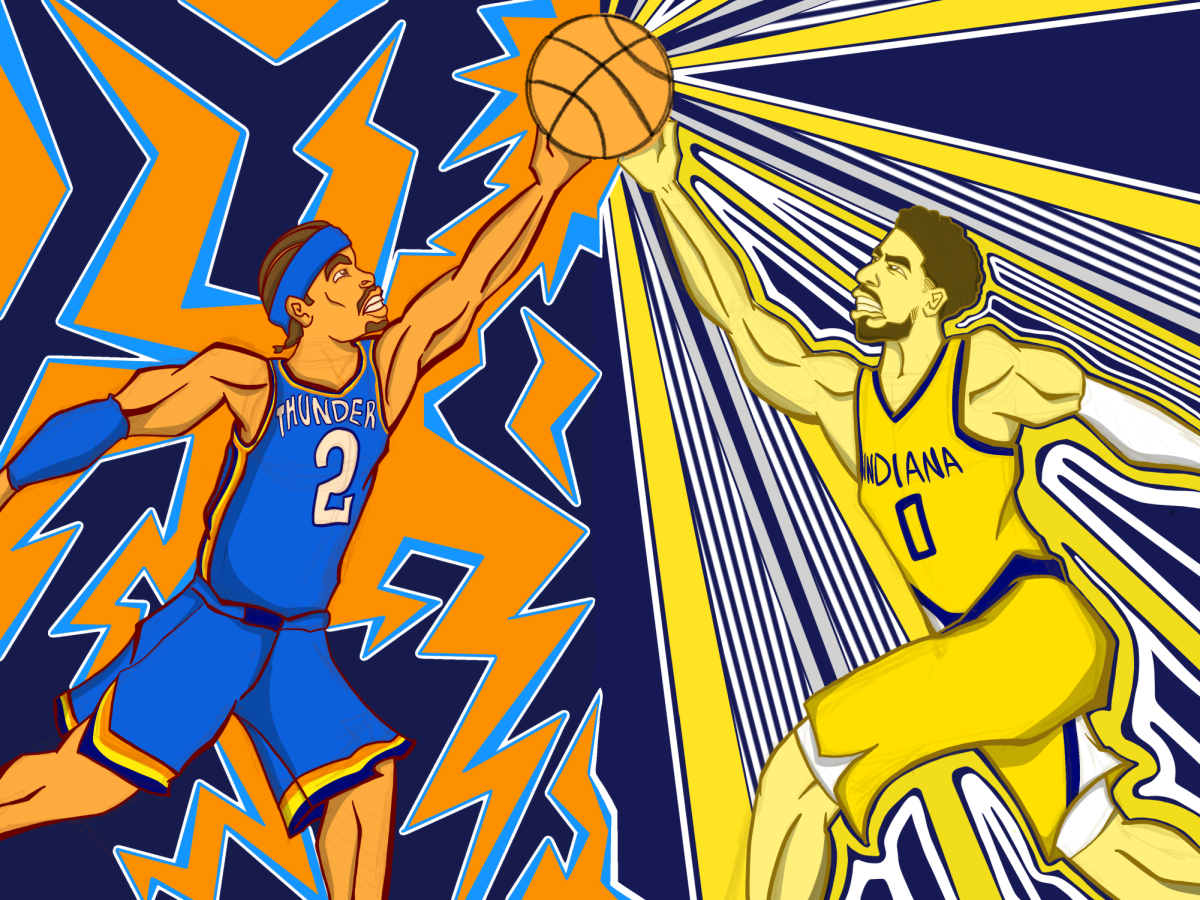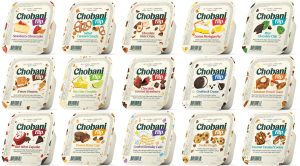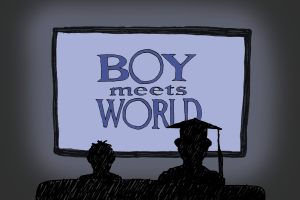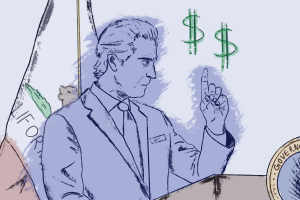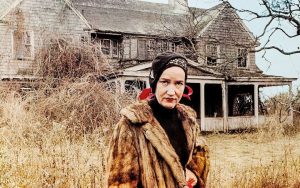M3GAN is the Queer Icon I Didn’t Know I Needed
Feb 5, 2023
A modern Chucky, a stylish Anabelle, a female Ultron, a four-foot-tall android with an attitude.
M3GAN made headlines long before her debut horror film was released earlier this month. The film was produced by Blumhouse, the same studio responsible for horror hits such as the “Happy Death Day” films and “The Black Phone”; M3GAN has swept box offices, raking in $30.2 million in ticket sales during opening weekend alone.
The plot is pretty straightforward: Toy engineer Gemma (Allison Williams) takes in her young orphaned niece Cady (Violet McGraw) but finds herself far from ready to care for a child. Instead, she pairs Cady with M3GAN, an AI prototype that she has been developing for work. In typical horror style, nothing goes according to plan with M3GAN, who takes her role as Cady’s protector a little too seriously.
The film’s viral marketing campaign — in which an army of dancers dressed like M3GAN perform the doll’s quirky dance moves to Taylor Swift’s 2019 track “It’s Nice to Have a Friend” — was just jarring enough to catch the attention of social media users. The M3GAN army seemed to pop up everywhere, from the Empire State Building and the New York subway to the film’s premiere in Los Angeles.
Imitation is the sincerest form of flattery, and M3GAN impersonators have been plentiful since the film’s release. From Kentucky-based drag queen Champagne’s M3GAN-themed performance to Aubrey Plaza’s M3GAN-themed SNL skit, it’s clear that this murderous little AI doll has come to occupy a murderous place in the hearts of many.
But how did M3GAN come to be a gay icon?
The New York Times dubbed it “the gayest non-gay horror film to make a splash since ‘The Babadook’ became a subversive Pride mascot six years ago,” and members of the LGBTQ+ community have rallied behind M3GAN, embracing her with open arms.
There is nothing explicitly queer about the film or M3GAN herself, yet there is an inherent sense of queerness about it. M3GAN writer Akela Cooper suggests in an interview with SFX that it’s “the idea of found family,” while GQ writer Jack King suggests that it may be her personality (in particular, her use of gay lingo and lower-case text on Twitter and the way that she “reads bitches for filth, then kills them”).
As a queer person, I can’t quite put my finger on it. M3GAN was ultimately built as a companion, a nurturing figure in a child’s life who always has their best interests in mind. Her primary function is to protect. Perhaps the notion of such fervent protection, a rock-solid ally, is something that resonates with queer audiences. Not to mention her flashy accessorizing (Why does an AI doll need sunglasses? It doesn’t, M3GAN is just stylish) and fierce attitude. M3GAN (quite literally) slays throughout the film, turning from sweet to murderous at the drop of a pin as she fiercely (and obsessively) protects Cady. Yes, maybe M3GAN takes things to extremes, but on a base level, she’s crazy because she cares. Isn’t that what family is all about?
Regardless of the reason, the Princess Diana-like-fixation of M3GAN is well underway. The gays love her, and with a 94% Rotten Tomatoes score and a sequel secured for 2025, it looks like M3GAN isn’t going anywhere.
In my eyes, and the eyes of countless M3GAN-crazed queers, she can do no wrong. She is camp. She is horror. She is the moment. She is a gay icon.
Image courtesy of IMDb


